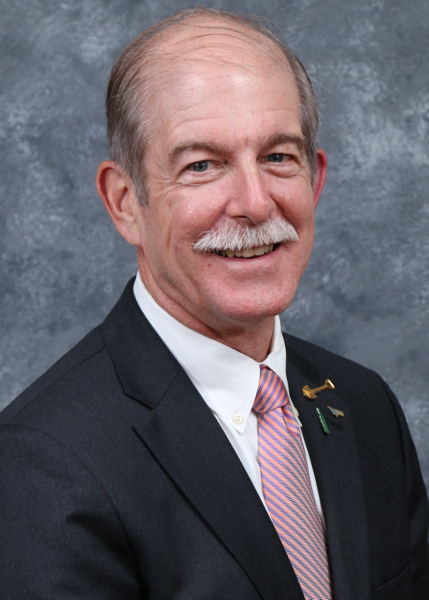Recently, my day-job took me to central, east, and west Africa to work on wastewater treatment facilities at several Coca-Cola Co. (Atlanta) bottlers. As I rode along the dusty, remote roads of Cameroon, Democratic Republic of Congo, and Mozambique, I was reminded that the need for water is prevalent in the everyday lives of people.
While my primary task in Africa was developing wastewater treatment operational capability at these bottlers, I noticed how countries are not necessarily water scarce, but their citizens’ access to water and general public sanitation is limited. In these countries, municipal water resource recovery facilities (WRRFs) simply don’t exist. Wastewater treatment at WRRFs operated by Coca-Cola bottlers may be the only WRRFs in the country.
Everywhere I turned water seemed to be at the forefront of everyone’s mind. On morning drives to the bottling plants, I observed women carrying jugs of water balanced on their heads as they walked along the roads. In the afternoon, schoolgirls, still in uniform, could be seen toting bright blue water cans. In markets, people gathered around an open tap to fill bright yellow water jugs, and vendors sold new and used water jugs of assorted colors along with storage tanks of various sizes. At traffic stops, young men approached cars to sell small pouches of water for what amounted to a few U.S. pennies.
While these images of African citizens remain quite vivid, I found the view from an airplane as it approached one city even more poignant. The roofs of some houses were either green or blue, in contrast to the red clay tiles or gray tin on most homes. The difference was more than color; these homes were capturing rainwater to use. The renewable internal freshwater resources per capita is 11,988 m3 in Cameroon, 12,020 m3 in the Democratic Republic of Congo, and 855 m3 in Mozambique, according to The World Bank (Washington, D.C.). In countries, not necessarily known for physical water scarcity, citizens were collecting and saving precious drops that fell from the sky.
During this trip, it rained on more than one day. I watched dusty, dirty streets glisten after rainwater washed them clean, and I thought about the homes with blue and green catchments. That falling rain was collected on these roofs for their families to use for their daily activities.
Water may be a simple substance, but it has the power to be at the forefront of our minds whether we have convenient access to it or not. I visited these three African countries because of water. We do our jobs every day because of water and our passion to protect its future. The Water Environment Federation (Alexandria, Va.) exists because of water and water professionals. We’re constantly working together to secure the future of water for all.
During one torrential downpour one of my African colleagues remarked that in his country, rain meant God was pleased with your work and rewarding you with water to sustain you. Whether you’re operating a water reclamation facility, designing a new biosolids process, proposing new rates, repairing pipes and equipment, studying basic engineering or preparing a technical paper/presentation; we’re all working together to protect the water environment. I like to think that this work, our work together, will bring many more rain showers in the future.
— Paul Bowen, WEF President 2015–2016









April 25, 2016
Featured